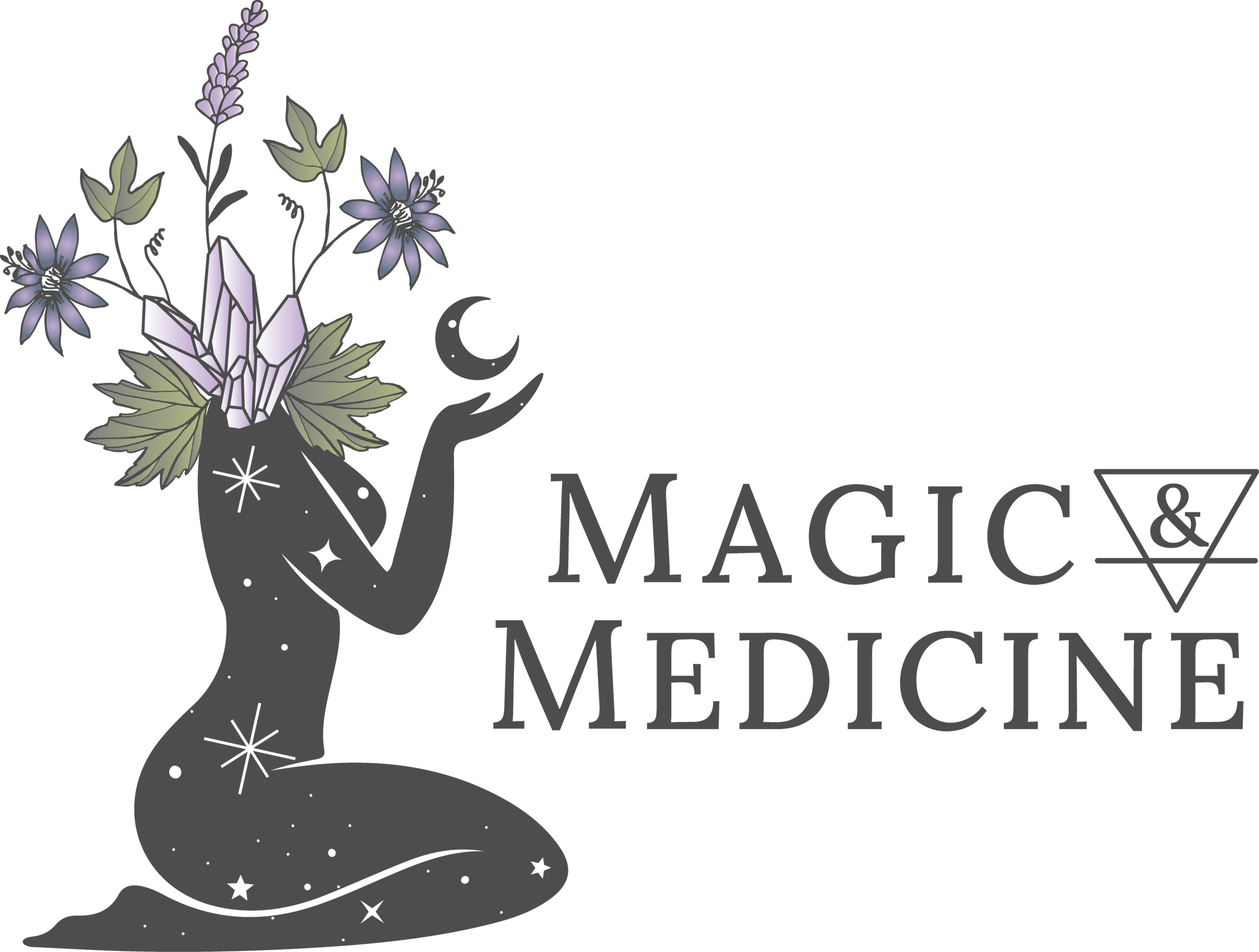Vascular Fragility
Vascular fragility or capillary fragility as it is also called, is when the walls of capillaries are more fragile than normal. This makes the capillaries susceptible to breaking easily, leading to bruises or spider veins beneath the skin. It is usually thought of as more of a cosmetic problem, causing areas that may be deemed unsightly on the skin, rather than as a more serious medical problem.
Vascular fragility can be caused by many things;
They can appear as you age
Family history, 95% of cases have a genetic history of vascular fragility
Pregnancy or obesity
Trauma to the area
Drug treatment such as aspirin, cortisone, birth control pills
Scurvy
Occupations which require a lot of standing
Insufficient circulation
Inflammatory or allergic conditions
Signs and Symptoms:
Vascular fragility usually occurs on the legs or face, but can occur all over the body, it is an umbrella term for many things, such as:
Capillaritis: A skin condition in which there are areas of reddish-brown patches caused by leaking capillaries. It is harmless condition, though may be thought of as unsightly.
Purpura: is a skin condition caused by bleeding under the skin, a small amount of blood or haemorrhage is called petechia, whilst a larger one is known as a bruise.
Spider veins: Small blood vessels under the surface of the skin that are visible. Usually these appear on the face or legs.
All of these above conditions can cause itching and/or discomfort to the area affected. Women are more likely than men to have these complaints.
Holistic lifestyle advice:
Compression stockings to be worn if pregnant, or standing for long periods of time.
Avoid smoking
Avoid standing for long periods of time, or standing on hard surfaces as this can cause pooling of blood in the lower extremities.
Rest with your legs up above heart level to encourage the back flow of blood from your legs
Diet:
Drink enough fluid, dehydration can lead to weakened blood vessels
Eat Vitamin C rich foods
Increase anti oxidant rich foods such as grapes, berries, green tea.
Increase anti inflammatory foods such as ginger, garlic, turmeric, fish.
Eat foods which help increase circulation, chillies, ginger etc.
Soya beans are rich in amino acids which help maintain and restore blood vessels.
Buckwheat is thought to be extremely helpful in strengthening blood vessels and lessening capillary breakage. It can be soaked in milk or fruit juice and eaten as a breakfast cereal.
There are a range of supplements that can be helpful to lessen vascular fragility and the symptoms you may be experiencing, such as; Vitamin C,to help reduce blood vessel fragility. Omega 3 to help protect the blood vessels, improve elasticity and reduce inflammation. CoQ10, an antioxidant that helps improve cardiovascular health. Silica and Calcium fluoride tissue salts, to improve and strengthen capillaries. Magnesium, good for circulation, as well as strengthening the walls of blood vessels. How ever it is advisable that before buying and taking supplements you check with your naturopath or health care professional to ensure supplements do not interact with any pre existing medical conditions or medications. There are also many liquid herbs available that can be of help improving circulation and lessening inflammation. Topical applications of massage oils/creams containing essential oils, and herbs such as cayenne, ginger, horopito could be helpful as a foot/leg rub or bath to help increase peripheral circulation.
If you have vascular fragility or circulation issues, please contact the clinic for an appointment so I can formulate a treatment plan that is right for you. I would also love to make any bespoke formulas and topical applications you may require.

